After listening to an NPR podcast about Netflix’s legendary culture deck (read here), I decided to take a look through the 125-slide presentation to get a better understanding. There were a lot of great points that resonated with me. Last week, I printed up the entire presentation for the Barrel leadership team and we read the slides together out loud. I know we’ll continue to discuss and adapt certain lessons in the coming weeks and months, but for now, I wanted to highlight 7 slides that stood out to me.
I would highly recommend taking a quick read through the entire deck. It doesn’t take too long, and it’ll provide greater context for these highlighted slides. At its core, Netflix’s culture deck is about building a team of high performers and setting them up in an environment that enables them to excel (a healthy amount of freedom & responsibility, strong context provided by managers with limited top-down control, and a comp/promotion system that rewards A-players efficiently).
#1 – Values are Shown By Who Gets Rewarded, Promoted, or Let Go
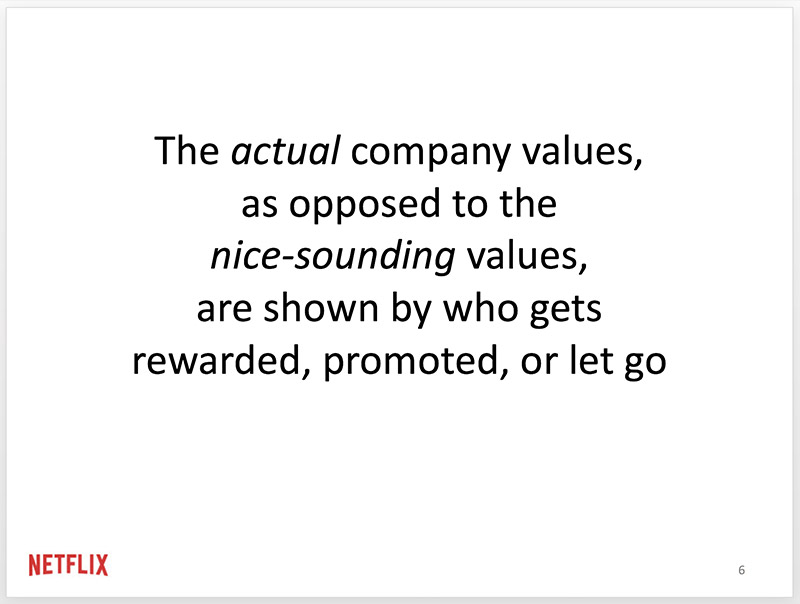
I can’t agree with this enough. It took me a long time to grasp this, but nowadays, I know that who we hire, reward, promote, or fire is a direct reflection of our true values. What used to be fear of awkwardness and discomfort in confronting underperformance is, more often than not, replaced by a drive to stay true to our core values, which means being quick to reward, praise, and promote those who uphold and live our values and to address, remediate, or ultimately remove those who don’t uphold the values and fail to achieve consistently at a high level. We still have room to improve on this, but the concept is definitely top of mind.
#2 – The Keeper Test
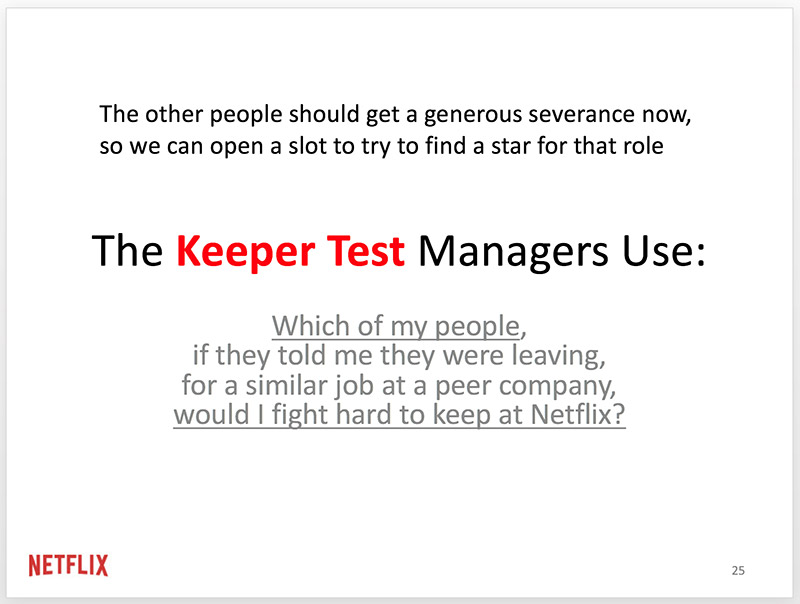
We’re not yet at a place where I can say I would “fight hard to keep at Barrel” unequivocally for every person at the company. I’m open to exploring the severance option in the future feel that we have a strong recruitment system to consistently feed high performing candidates. I can recall several instances over the years when I was relieved to get a resignation from an employee. That should’ve told me that I waited too long and would’ve benefited from being proactive about removing such team members. Should’ve, would’ve, could’ve!
#3 – Hard Word – Not Relevant
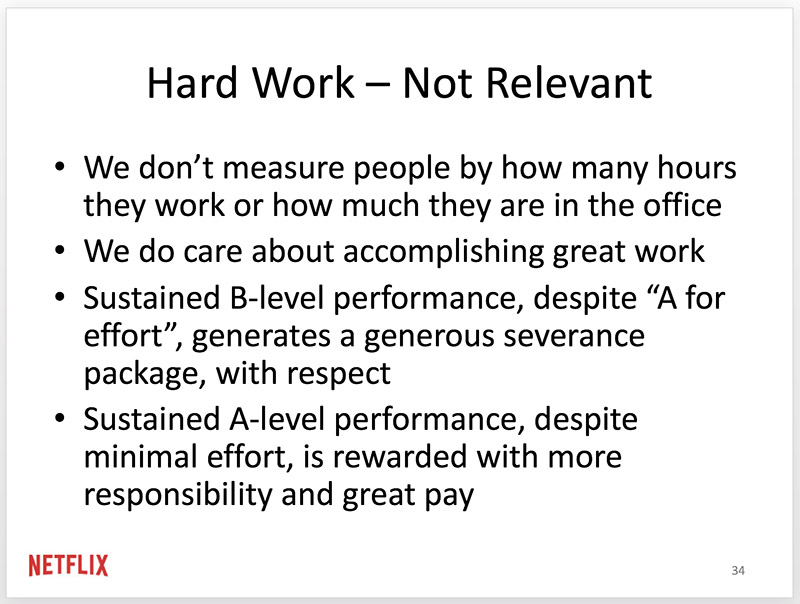
I wrote previously that when employees don’t know or aren’t aligned on the goals of a project, they will often lean on their effort as a gauge of their performance. This is on the manager/leader of the project for not setting the proper context (#5 is about this).
Over the years, we’ve had instances when employees would demand higher compensation and promotions based on the hours they put in and all the “hard work” they had to endure. As managers, we would disagree with the results and quality of the work, which would then lead to drawn out meetings about comp numbers. We would, more often than not, give in to most demands afraid that the employee would otherwise leave and put us in a tough spot. The employee, even with the raise, would not be happy since the process was convoluted and unexpectedly difficult.
These days, we’re better about articulating goals and demanding results when we don’t see them. We make it clear when team members fall short on performance and if they did well, we are specific to point out how and why. There are, for the most part, no surprises when it comes to compensation reviews.
#4 – In Creative/Inventive Work, the Best Are 10X Better Than the Average
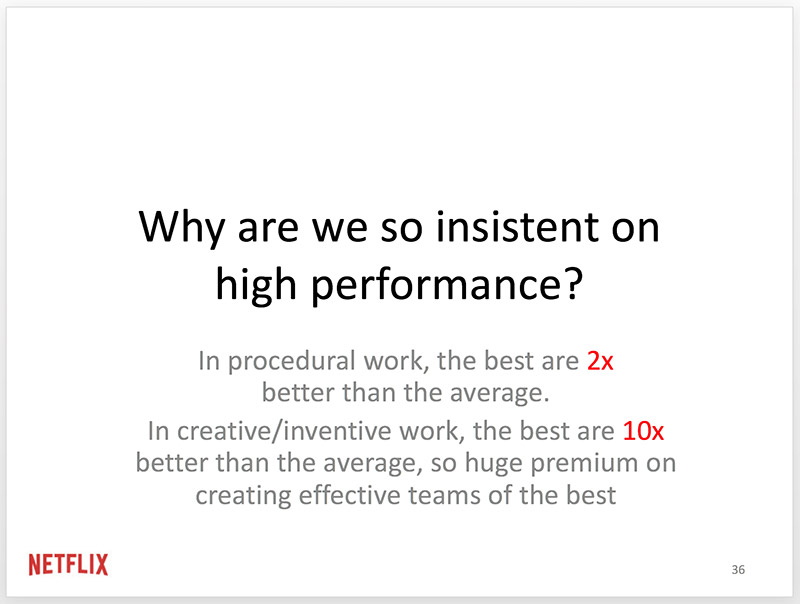
I used to think this was a Silicon Valley platitude, but we’ve had some team members in recent years who’ve achieved 5x-10x results, and it accelerates all kinds of things for the business including better processes, happier clients, greater opportunities, and improved team morale. It’s not that they work longer hours or are technically more advanced. It’s a combination of the right attitude, a certain drive, curiosity, and intelligence that helps them focus, prioritize, and deliver solutions in a big way. While we may not have a 10x-er in every role, it’s worthwhile to want and to seek out those who’ll have such impact.
#5 – Managers: Are You Articulate and Inspiring Enough About Goals and Strategies?
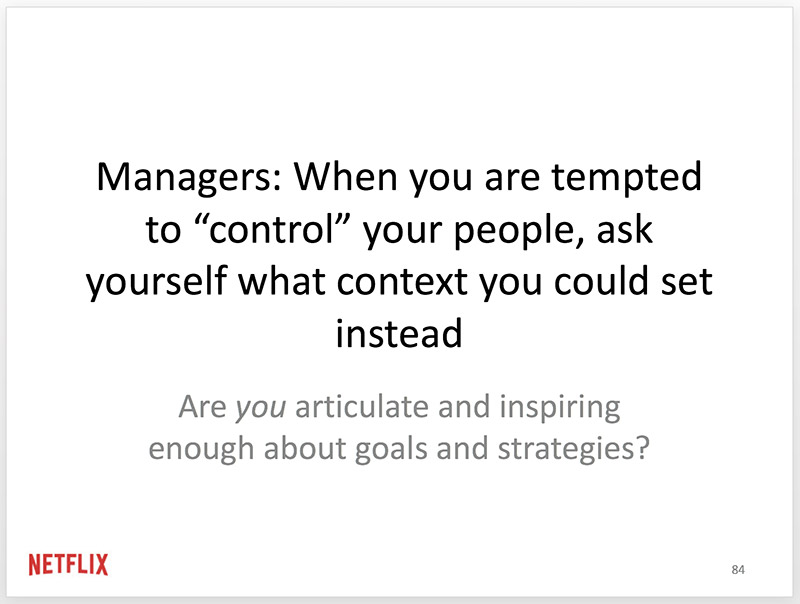
When working in creative teams, so much depends on the manager’s ability to set the context and to make sure the team understands what they’re trying to achieve and why. I know I can always work to improve in this area. A big part is overcoming the curse of knowledge bias, where I might assume that the team knows what I am talking about and skip certain information and concepts. I’ll have to be more effective in sharing, educating, and training the team on certain foundational knowledge that will help set the full context and set them on course to solve the right problems.
#6 – Highly Aligned, Loosely Coupled Model of Teamwork
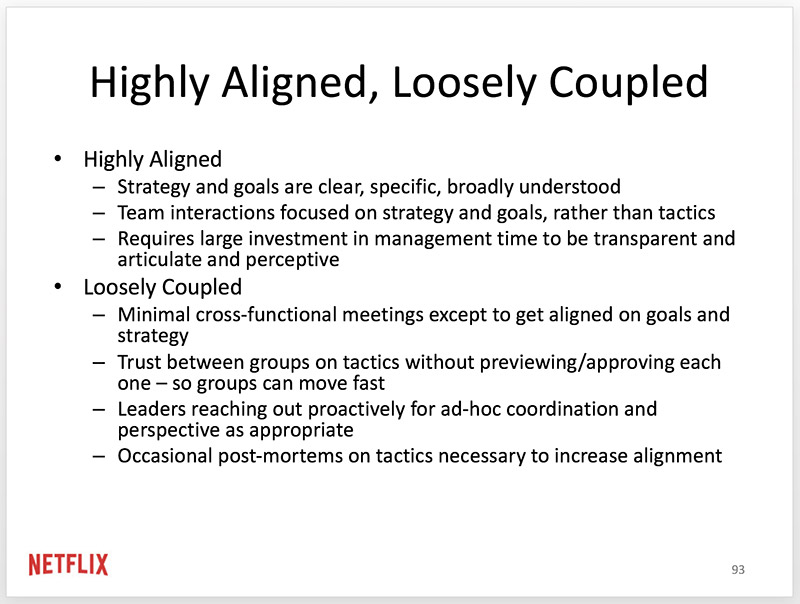
I think the Highly Aligned, Loosely Coupled model is one to continue aspiring towards. Right now, we are closer to a top-down structure where decisions and processes are established by the leadership team and then rolled out to the rest of the team. Given our small size, this isn’t as much of a problem right now, but if we are to continue growing and to have a higher ratio of high performing employees, then we’ll want to shift our culture to allow for less rigidity in process and more autonomy in decision-making based on the goals and strategy that’s been effectively articulated.
#7 – Three Necessary Conditions for Promotion
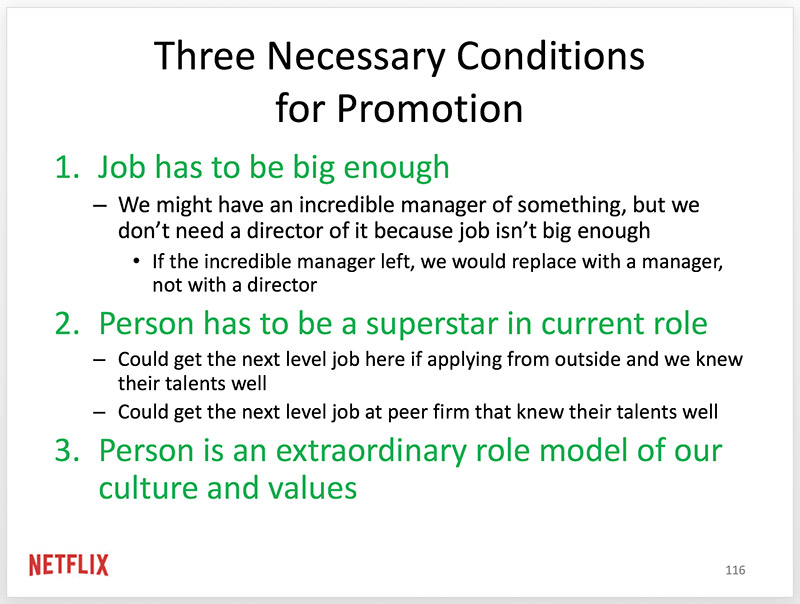
We’ve made many mistakes on the promotions front. We’ve promoted people in the past just to keep them even though they may not have been stellar. We’ve promoted people to bring a sense of uniformity across departments even when performances was clearly uneven among team members. We’ve promoted people just because the number of years they worked at the company.
This slide is a painful yet great reminder that promotions need to be taken very seriously and need to be considered a very important statement about the company’s culture and values. We’ve become more cautious about this and have upped our expectations on the person’s readiness for the role and their ability to model our culture and values.
Conclusion
We take inspiration and ideas from a number of different sources. Netflix is just but one corporate culture and certainly not the only one that has an emphasis on high performance. Reading the culture deck was a productive exercise that forced us to reflect and view our practices from a different lens. We’ll continue to draw from various sources and march along this endless journey of refining and improving our company culture.
